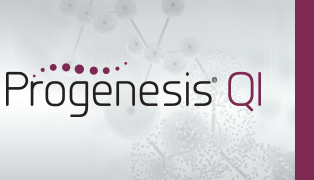How can I use ion mobility data to improve my compound identifications?
Ion mobility data provides an extra dimension to help differentiate and identify compound ions. Each compound ion in a sample has a characteristic collisional cross section ("CCS") area that is useful in differentiating it from other compounds when run using Waters ion mobility technology. This area is represented in square ångströms (Å2), and determines the length of time the ion takes to cross the drift cell, with the colliding molecule being the drift cell's N2.
Data may either be calibrated or uncalibrated. In the case of uncalibrated data, only the drift time through the cell (in ms) is recorded. The increased resolution of ion mobility will improve the data analysis, but calibration can offer further benefits.
This can be achieved by running a standard calibrant with a known CCS value before running any samples; the drift time to CCS relationship of the standard can then be used to convert drift time measurements to CCS values for analyte compounds. The necessary file for Progenesis QI to achieve this calibration is generated by the mass spectrometer as part of the raw output folder (a “mob_cal.csv” file), and when such a file is present, the calibration is automatic.
The determination of CCS values allows an extra measure of confidence for compound identification in Progenesis QI. Each ion's CCS value can be compared against established values held in a supplementary database file - an additional properties file - as part of the identification process, and this increases the specificity of compound identification. You can use an existing database of known CCS values or build one up based on empirical data from your own samples, for use in future experiments.






